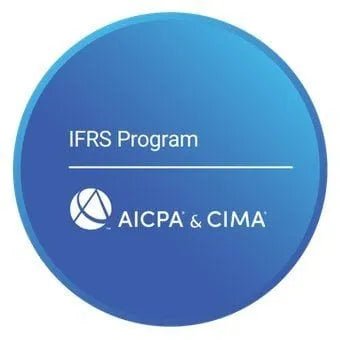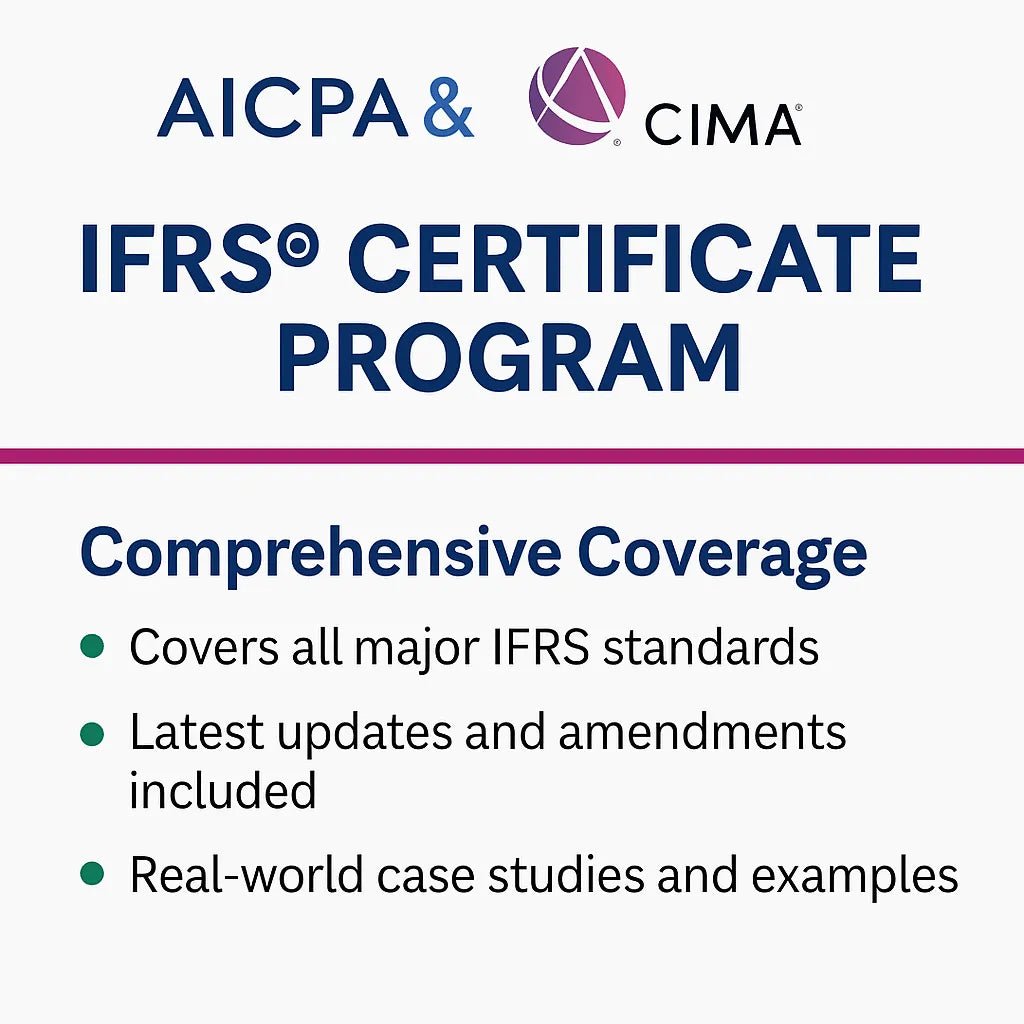What To Include In A Certificate of Insurance
What To Include in a Certificate of Insurance
A Certificate of Insurance (COI) is more than a document; it’s vital to your risk management strategy. Ensuring complete and accurate coverage and protecting yourself from financial and legal risks requires understanding what should be included. This guide covers the critical elements to include in a COI, complete with examples and checklists to streamline the process.
9 Essentials in a Certificate of Insurance
1. Named Insured: The Policyholder’s Details
The Named Insured section specifies the individual or business covered by the insurance policy. It must be accurate and match the name used in your contractual agreements.
- Example: If you hire a subcontractor named "ABC Construction LLC," the COI should list "ABC Construction LLC" as the insured, not a variant like "ABC Contractors." Mismatched names can lead to coverage issues.
Checklist:
- Verify that the name of the insured exactly matches your contract.
- Ensure the legal entity name is listed (e.g., LLC, Inc., or Corporation).
Related Reading: Learn more about ensuring accuracy in our Top Mistakes in Certificate of Insurance Management post.
2. Insurance Carrier: The Insurance Provider
The Insurance Carrier is the company that underwrites the policy. It’s crucial to confirm that the carrier is reputable and financially stable.
- Example: If your vendor’s insurance is provided by a lesser-known or poorly rated company, you may want to consider requiring insurance from a more established carrier.
Checklist:
- Check the financial rating of the insurance carrier (e.g., A.M. Best ratings).
- Verify that the insurance company is licensed to operate in your state or country.
Learn More: See how carrier quality affects coverage in our Top 7 Reasons to Request a Current Certificate guide.
3. Types of Coverage and Policy Details
The COI should list all the types of coverage included, such as General Liability, Workers' Compensation, Auto Liability, and Professional Liability. Each coverage type should detail the specific risks it protects against.
- Example: A marketing consultant’s COI might list Professional Liability to cover negligence claims or failure to deliver services, while a contractor’s COI will likely include General Liability and Workers’ Compensation.
Checklist:
- General Liability: Covers third-party bodily injury and property damage.
- Workers' Compensation: Protects employees if they get injured at work.
- Auto Liability: Necessary if company vehicles are used for business purposes.
- Professional Liability (E&O): Essential for service providers like consultants or IT professionals.
Explore Further: Read about coverage nuances in How Certificates Differentiate Between Liability Policies.
4. Policy Limits: Coverage Amounts and Deductibles
Policy Limits specify the maximum amount the insurance provider will pay for a covered claim. These amounts should meet or exceed the minimum requirements in your contract.
- Example: A client hiring a food truck for an event may require $1 million in General Liability coverage. If the COI only shows $500,000, it’s insufficient and needs adjustment.
Checklist:
- Confirm that each type of coverage meets or exceeds contractual limits.
- Check for high deductibles that may indicate inadequate protection.
Quick Tip: Consider requiring an Umbrella Liability policy for added protection for events or high-risk projects.
5. Effective and Expiration Dates
The Effective Date is when coverage begins, and the Expiration Date is when it ends. Ensure these dates align with your project or contract timeline to avoid coverage gaps.
- Example: If you’re hiring a construction company for a year-long project, ensure their insurance doesn’t expire mid-project. An expired policy can leave you exposed to liability risks.
Checklist:
- Confirm that the policy is active at the project start date.
- Set reminders to request an updated COI if the policy expires before the project ends.
Learn More: Avoid coverage lapses by visiting What To Include In A Certificate Of Insurance.
6. Additional Insured: Extending Coverage
An Additional Insured is a third party added to an insurance policy to receive coverage. This status is crucial for protecting your business if a claim related to the policyholder’s operations arises.
- Example: A property manager hiring a janitorial service should be listed as an additional insured on the company’s General Liability policy. If a visitor slips on a wet floor, the janitorial service’s insurance would cover the claim.
Checklist:
- Ensure your business name is spelled correctly as an additional insured.
- Review any limitations or conditions related to additional insured status.
Related Guide: Understand additional insured benefits in Additional Insured Explained.
7. Certificate Holder: Who Receives the COI
The Certificate Holder is the entity requesting the COI, usually the business or individual that needs proof of the policyholder’s insurance. It’s crucial that your details as the certificate holder are accurate.
- Example: If you own a commercial building, you should be listed as the certificate holder when receiving COIs from tenants or contractors working on your property.
Checklist:
- Ensure your business name and address are correctly listed.
- Verify that the certificate holder information aligns with your contract requirements.
8. Description of Operations: Policy Scope and Exclusions
This section may outline the scope of the policy and any special terms or exclusions. It’s essential to review it for limitations that could affect your coverage.
- Example: A roofing contractor's COI might exclude coverage for work on multi-story buildings. This exclusion would be a significant issue if your project involves a high-rise.
Checklist:
- Check for any exclusions that could leave you unprotected.
- Make sure the description of operations accurately reflects the work being performed.
9. Cancellation Clause: Notification of Policy Changes
This section indicates how much notice you’ll receive if the policy is canceled. Standard notice periods are 10 to 30 days, but always verify what’s specified.
- Example: If a vendor fails to pay and their policy is canceled, you’d want to know immediately to arrange alternate coverage or take protective measures.
Checklist:
- Confirm the cancellation notice period in the COI.
- Ensure that you are notified directly of any policy changes.
Essential Checklist for Reviewing a Certificate of Insurance
- Verify the Named Insured: Must match your contract exactly.
- Check Insurance Carrier Ratings: Ensure the provider is reputable.
- Review Coverage Types: General Liability, Workers’ Compensation, Auto Liability, etc.
- Confirm Policy Limits: Meet or exceed contract requirements.
- Check Effective and Expiration Dates: Coverage must be active and align with project timelines.
- Ensure Additional Insured Status: Your business must be correctly listed.
- Review Certificate Holder Information: Accurate and up-to-date.
- Look for Exclusions or Special Conditions: Ensure there are no hidden risks.
- Check Cancellation Terms: Understand your notice period.
Examples of COI Usage Across Industries
- Event Management: A concert promoter should request General Liability and Workers' Compensation COIs from vendors. This will cover any equipment-related accidents or staff injuries.
- Real Estate Leasing: Property managers must ensure tenants have current Property Insurance COIs. If a fire damages the building, the tenant’s insurance should cover the costs.
- Professional Services: A marketing agency should provide a Professional Liability COI when contracting with clients. If a campaign mistake leads to financial losses, the agency’s insurance will cover it.
FAQs on What To Include in a Certificate of Insurance
Why is verifying the Named Insured important?
- An incorrect name can void coverage, leaving you exposed to financial risks.
How do I know if the policy limits are adequate?
- Check your contract’s insurance requirements and compare them to the COI.
Can I request to be added as an additional insured?
- Yes, and it’s often necessary for risk management. Ensure it’s correctly documented on the COI.
How frequently should COIs be updated?
- Request updates whenever policies renew or expire, especially for ongoing projects.
What should I do if there are exclusions in the policy?
- Discuss with the policyholder or consider requiring additional coverage to mitigate risks.
Related Blogs for Further Reading
- Cyber Insurance from Silvefort: Protect your business from digital threats.
- Whether Homeowner Insurance Covers Mold: Insights into property coverage specifics.
- CPA US Course: For advanced financial and risk management skills.
- AICPA IFRS: A must-have skill to be certified for finance professionals.
Reviewing a Certificate of Insurance thoroughly is crucial for protecting your business and ensuring all contractual and regulatory requirements are met. Use this guide as a reference to make informed decisions and secure your operations effectively.
FAQs
ACCA blogs
Follow these links to help you prepare for the ACCA exams
IFRS blogs
Follow these blogs to stay updated on IFRS
Formats
Use these formats for day to day operations
- Account closure format
- Insurance claim letter format
- Transfer certification application format
- Resignation acceptance letter format
- School leaving certificate format
- Letter of experience insurance
- Insurance cancellation letter format
- format for Thank you email after an interview
- application for teaching job
- ACCA PER examples
- Leave application for office
- Marketing manager cover letter
- Nursing job cover letter
- Leave letter to class teacher
- leave letter in hindi for fever
- Leave letter for stomach pain
- Leave application in hindi
- Relieving letter format
Interview questions
Link for blogs for various interview questions with answers
- Strategic interview questions
- Accounts payable interview questions
- IFRS interview questions
- CA Articleship interview questions
- AML and KYC interview questions
- Accounts receivable interview questions
- GST interview questions
- ESG Interview questions
- IFRS 17 interview questions
- Concentric Advisors interview questions
- Questions to ask at the end of an interview
- Business Analyst interview questions
- Interview outfits for women
- Why should we hire you question
leave application format
- Leave application for office
- Leave application for school
- Leave application for sick leave
- Leave application for marriage
- leave application for personal reasons
- Maternity leave application
- Leave application for sister marriage
- Casual leave application
- Leave application for 2 days
- Leave application for urgent work
- Application for sick leave to school
- One day leave application
- Half day leave application
- Leave application for fever
- Privilege leave
- Leave letter to school due to stomach pain
- How to write leave letter
Insurance blogs
- Sample letter of appeal for reconsideration of insurance claims
- How to increase insurance agent productivity
- UAE unemployment insurance
- Insurance cancellation letter
- Insurance claim letter format
- Insured closing letter formats
- ACORD cancellation form
- Provision for insurance claim
- Cricket insurance claim
- Insurance to protect lawsuits for business owners
- Certificate holder insurance
- does homeowners insurance cover mold
- sample letter asking for homeowner right to repair for insurance
- Does homeowners insurance cover roof leaks












Leave a comment